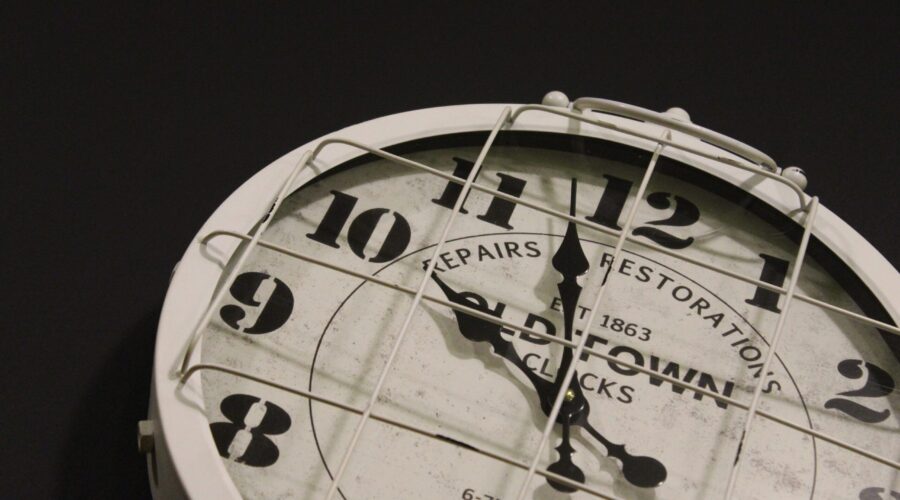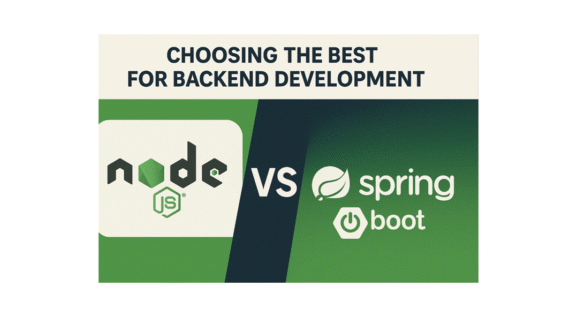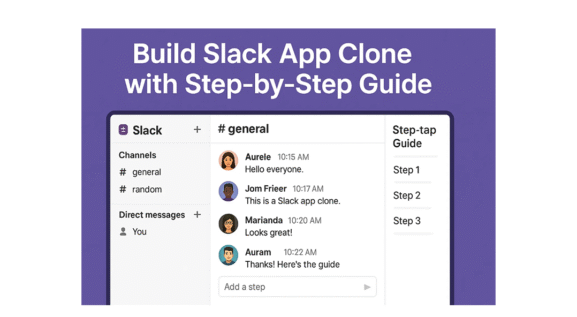Definitive Guide to Datetime Manipulation
You cannot avoid date manipulation as a software engineer. Almost every app a developer creates will include a section where the user’s date and time must be collected, stored in a database, and then shown to the user.
Any programmer who is asked about their experience dealing with dates and time zones is likely to relate some horror stories. Although handling date and time fields is not particularly difficult, it is frequently tiresome and prone to mistakes.
In this article, I’ll give you some tips on how to approach date and time fields effectively and provide some best practises to assist you stay out of date/time hell. Here, we’ll go over some of the fundamental ideas required for manipulating date and time values effectively, as well as formats that make it easy to store and send DateTime values over APIs.
If You Understand DateTime Libraries Correctly, They Can Help
Date libraries can simplify your life in a variety of ways. They significantly streamline date formatting, date arithmetic, and logical processes. To accomplish most of the labor-intensive work for you, you can choose a trustworthy date library that can be used on both the front end and the back end.
However, we frequently utilise date libraries without giving the real operation of date and time any thought. Time and date are difficult concepts. Even with the aid of date libraries, the bugs that arise as a result of its incorrect understanding can be very challenging to comprehend and fix. To get the most out of date libraries as a programmer, you must comprehend the fundamentals and be able to appreciate the issues that they resolve.
Additionally, you can only go so far with date/time libraries. You may obtain convenient data structures that represent a DateTime across all date libraries. Since JSON lacks a native data structure for representing DateTime, you will eventually need to convert dates to strings and vice versa if you are sending and receiving data using a REST API. When performing these date-to-string and string-to-date transformations, the ideas I’ve discussed here will help you steer clear of some of the usual problems that could arise.
Standardizing the Time
A DateTime designates a highly precise time period. Let’s consider this. The time is 3:29 PM on July 21 according to my laptop’s clock as I type this piece. The time I observe on the wall clocks around me and on my wrist watch is what we refer to as “local time.”
I can roughly anticipate seeing my friend there at that time if I ask her to meet me at a nearby cafe at 6:00 PM. Similarly, if I said, “let’s meet in an hour and a half,” there would be no misunderstanding. With people who reside in the same city or time zone, we frequently discuss time in this manner.
A DateTime designates a highly precise time period. Let’s consider this. The time is 3:29 PM on July 21 according to my laptop’s clock as I type this piece. The time I observe on the wall clocks around me and on my wrist watch is what we refer to as “local time.”
I may roughly anticipate seeing my friend there at that time if I invite her to meet me at a neighbouring cafe at 7:00 PM. Similarly, if I stated, “let’s meet in an hour and a half,” there would be no misunderstanding. With persons who reside in the same city or time zone, we frequently discuss time in this manner.
Keep in mind that there is a discrepancy between time zone (Central European Time) and time zone offset (UTC+05:45). Political considerations might also lead nations to alter their Daylight Savings Time time zone offsets. It’s important to think about what your codebase depends on for this for each layer of your app because rules change in at least one country often every year, which means any code that has these rules baked in must be kept up to date.
For this and other reasons, we usually advise dealing with time zones exclusively on the front end. What occurs when this doesn’t happen and your database engine’s rules don’t line up with your front- or back-end rules?
In the world of programming, where accuracy is crucial and even a single second can have a significant impact, managing two different versions of the time—relative to the user and relative to an accepted standard—is a challenging task. Storing DateTime in UTC is the first step towards resolving these concerns.
Java uses the two packages java.time and java.util to offer date and time functionality. In Java 8, the package java.time is added, and the new classes attempt to address the drawbacks of the venerable java.util.Date and java.util.Calendar classes.
Creating a Uniform Format
Standardizing the time is great because I only need to record the UTC time and can always convert to the user’s time as long as I know their time zone. On the other hand, I can convert a user’s local time and time zone to UTC if I know both of those things.
However, there are other formats available for specifying times and dates. Depending on where you live, you may write “July 30th,” “30 July,” or “7/30” (or 30/7). You could enter “9:30 PM” or “21:30” as the time.
Date Manipulation and Arithmetic in JavaScript
We will learn about date manipulation using JavaScript before moving on to recommended practises so that we can understand the syntax and overarching ideas. Despite the fact that we utilise JavaScript, you can easily alter this information to suit your preferred programming language.
To address typical date-related issues that most developers encounter, we will use date arithmetic.
I want you to feel confident converting a string to a date object and separating its parts. A date library can help you with this, but it’s always preferable to be aware of the technicalities involved.
Javascript timestamp
Timestamps in JavaScript are often related to Unix time. And different techniques can be used to create these timestamps.
The number of milliseconds since January 1, 1970 UTC is returned when we utilise the various JavaScript methods for creating timestamps (the Unix time).
The Date() object, which stores the current time in a readable timestamp format, can be used to obtain a JavaScript timestamp format. Additionally, you can use the getTime() method to obtain the current Unix time and build new Date() objects with various timestamps.
The control of times and dates is an essential component of programming. For instance, with JavaScript, you could need to make a timetable, a list of events, or a dynamic copyright date—all of which involve manipulating the time and date to some extent.
The Date object and its associated methods can be used in JavaScript to manipulate time. You can keep the date and time and format them using the Date object according to your own requirements.
In this article we learned about date time manipulation in java.



